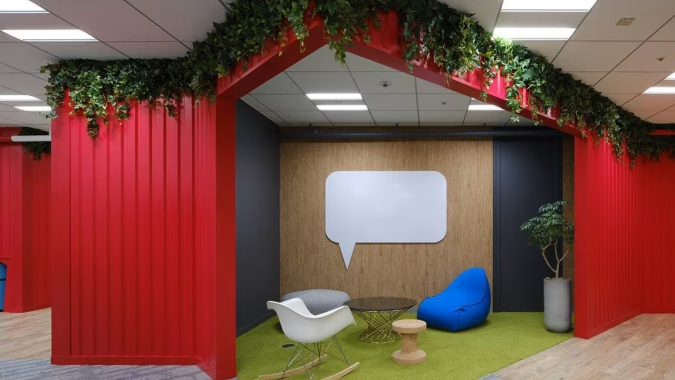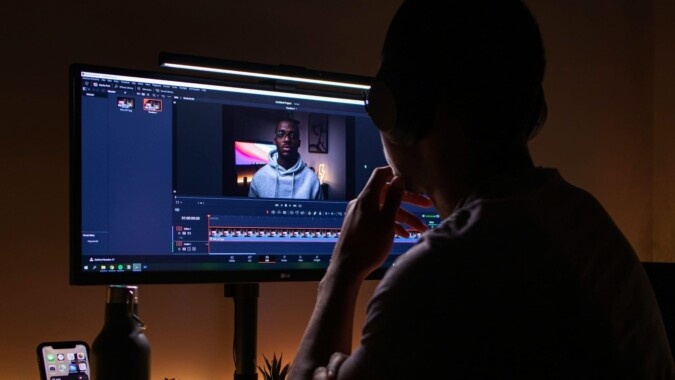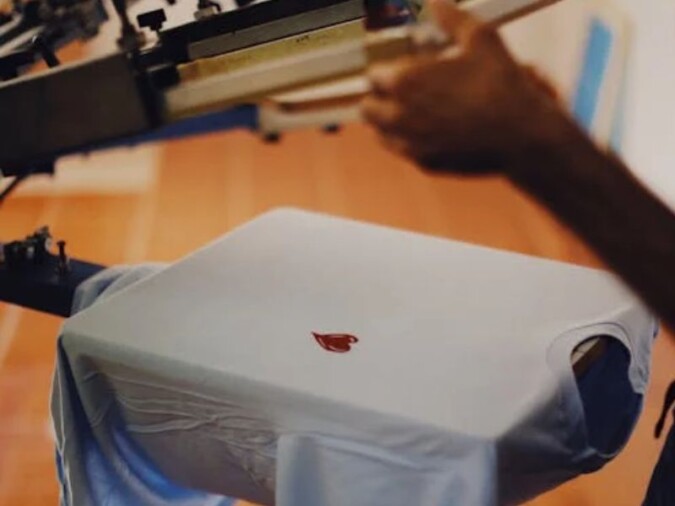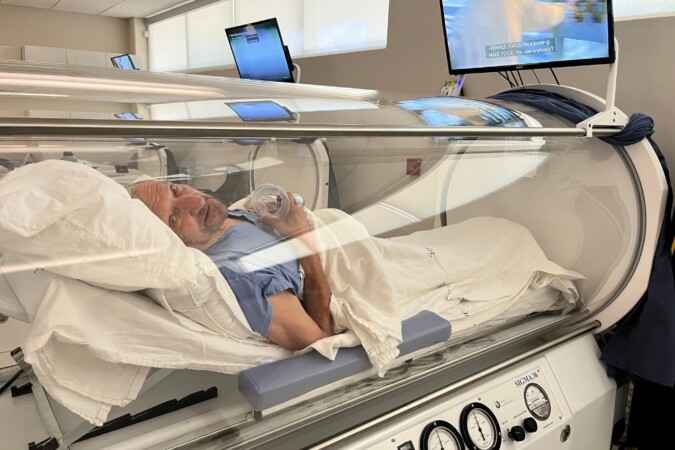First impressions matter in business. Your office isn’t just a workspace—it’s a physical representation of your brand. Clients shape their perception of your professionalism, values, and reliability within seconds of walking through your door.
A strategically configured workspace doesn’t just look good. It builds trust with clients and promotes robust business ties. A smart office takes this a step further. It drives efficiency and creates a functional and welcoming space. Market data supports this premise, as the strong growth in smart office technology reflects businesses’ investment in these very benefits.
The smart office industry was worth 52.91 billion in 2023. Market Research Future estimates the market will cross $125 billion by 2032. Increasing occupational safety and security concerns and the adoption and advancement of IoT are the primary guiding factors for this growth.
It’s crucial to adapt to the evolving demands and maintain a competitive edge to sustain your business. This blog post details how strategic office design elements can enhance client confidence and create lasting, positive impressions.
Understanding How Office Design Affects Perception

The physical environment of your office directly impacts how people feel and think about your business. Spaces with clear navigation, proper lighting, and thoughtful acoustics reduce visitors’ cognitive load. These factors enable guests to focus on your business proposition rather than environmental distractions.
Clients notice when your space feels intentional. Clean lines, organized workstations, and cohesive color schemes signal competence and attention to detail—qualities they hope to see in your work as well.
First Impressions Start at the Door

Clients subconsciously judge your business the moment they enter. Cluttered lobbies or outdated decor imply disorganization. But a polished, tech-forward space communicates competence.
Think of your reception as a handshake. It should be firm, confident, and memorable. Consider the layout carefully—is there a clear direction on where to go? Is the seating comfortable yet professional? Today’s forward-thinking businesses recognize the importance of investing in technology.
Integrating tech like IoT sensors or virtual receptionists isn’t just about convenience—it shows clients you’re proactive. Another example that can impress clients right away is a visitor management system. By digitizing check-ins, it eliminates front desk bottlenecks. Clients receive instant badges, and your team gets real-time alerts. This seamless process reflects operational excellence.
Greetly reveals that these systems can also manage physical security functions like unlocking safety doors and allowing passage to elevator banks and parking spaces. However, they can offer more than security benefits. Such systems provide a seamless, professional check-in experience that immediately communicates technological competence while gathering valuable data on visitor patterns.
Meeting Spaces That Encourage Connection
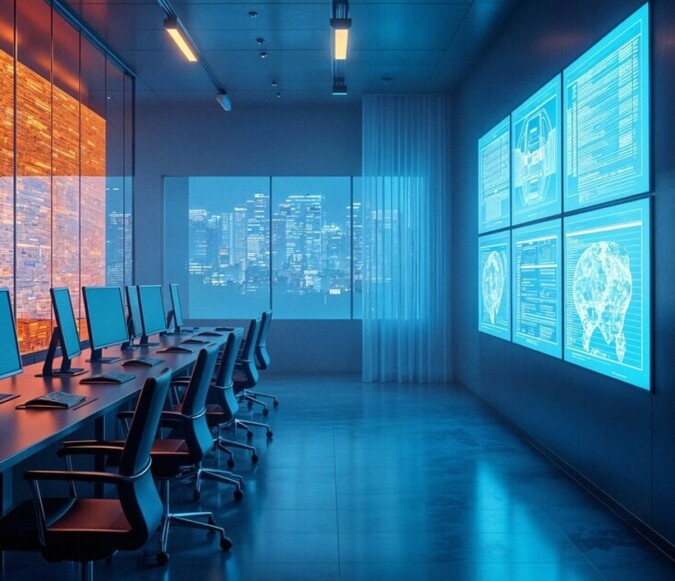
Client meeting rooms should support meaningful conversation while reflecting your company’s professionalism. The best meeting spaces balance impressive technology with human comfort.
According to Time Magazine, post-pandemic offices are moving away from sterile conference rooms and leaning toward more flexible meeting environments. Flexible spaces feel less institutional and more conducive to authentic engagement. For instance, companies are now more open to hybrid workspaces that are flexible and changeable.
Brooks, a shoe company, is designing its office accordingly. The company wanted a space where employees could engage routinely in person. However, the workspace should also be flexible should things change again. Thus, Brooks’ office workspaces contain flexible furniture and walls. If required, the office can be altered, walls can be relocated, and the furniture can be disassembled to accommodate more people.
You can take inspiration from this and consider varied seating options, adjustable lighting, and easily accessible technology that enhances rather than dominates discussions. Furthermore, a Harvard Business School professor who studies remote work points out that startups now believe a workspace’s purpose is employee bonding. Hence, they offer a work-from-anywhere policy and schedule meetups throughout the year to encourage socialization.
GitLab is the ideal example. Harvard Business Review reveals that the software development company has over 2,000 remote employees across 60 countries. The company neither owns nor rents commercial workspaces and has adopted the remote work model since 2011. As a result, GitLab recorded over $110 million in quarterly revenue for Q3 2022 and year-over-year growth of nearly 70%.
Thoughtful Technology Integration
Smart technology should solve problems, not create them. Focus on technologies like seamless presentation systems, intuitive climate controls, and convenient charging stations that enhance the client experience meaningfully.
Post-pandemic, touchless technologies have gained importance. Consider voice-activated features and mobile integrations that minimize physical contact with shared surfaces. Expect a good return on investment with these modern upgrades. Businesses that adopt new tech can see increased efficiency and client satisfaction.
The Rise of Biophilic Design in Professional Settings
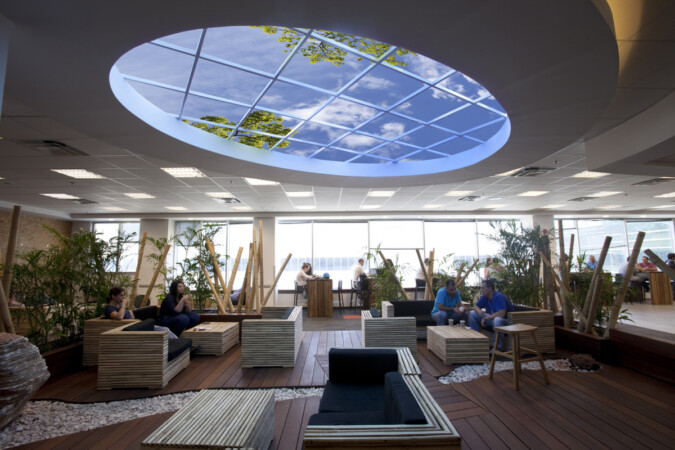
Natural elements in office spaces improve employee productivity and client comfort. Biophilic design—incorporating natural light, plants, and organic materials—creates environments where people naturally feel at ease.
To see how biophilic design looks in real life, look no further than Apple’s Cupertino office. Business Insider reveals the structure spreads across 175 acres and costs a whopping $5 billion.
The site houses 9000 drought-resistant fruit trees (yes, apple trees, of course) and other local plants. According to Arquitectura Viva, Steve Jobs handpicked several of these trees to reflect the backdrop of his California youth. Moreover, the entire building is solar-powered and is cooled naturally.
While grand gestures like Apple’s office make a statement, even small, thoughtful details can influence client perception. Subtle additions like potted plants or natural wood accents can transform clients’ experiences.
Small Touches With Big Impact
Sometimes, the most impactful design elements are the smallest details. Customized environmental branding elements that tell your company’s story can increase brand recall as they’re unique. You can also consider these high-impact, low-cost enhancements:
- Custom welcome screens with client names
- Refreshment options that reflect local culture
- Thoughtful lighting that highlights architectural features
- Art or design elements that subtly communicate company values
Commonly Asked Questions
Q1. How important is technology in creating a positive client experience in my office?
Technology is crucial for efficiency and professionalism. Seamless Wi-Fi, easy-to-use presentation tools, and smart IoT sensors provide a smooth experience. Clients appreciate businesses that embrace modern solutions, showing they value their time and comfort.
Q2. What are the essential components of a smart office design?
A smart office design combines ergonomic furniture, flexible layouts, and integrated technology. You should include natural light, intuitive digital systems, and adaptive workspaces. These elements boost productivity, encourage collaboration, and create a professional image that impresses employees and clients, ensuring a modern and efficient environment.
Q3. Which areas should be upgraded when redesigning an office on a budget?
Focus first on your reception area and primary meeting spaces, as clients frequent these areas the most. Next, address lighting throughout (often overlooked but tremendously impactful). Finally, invest in comfortable, professional seating. These three upgrades deliver maximum impression improvement with minimal investment while signaling thoughtful prioritization.
Your office speaks before you do. Investment in thoughtful office design pays dividends in client relationships and business growth. Your physical space is a powerful communication tool that reinforces or undermines your brand promises.
Creating an environment that balances professionalism with comfort, technology with humanity, and brand identity with universal design principles fosters successful client relationships. Such spaces don’t just impress clients—they convince them. After all, confidence starts where your clients stand.
Take a moment to view your current space through a first-time visitor’s eyes. What story is it telling, and is that the impression you want to make? Small, strategic changes might be all you need to transform your client experience from ordinary to memorable.

